飞秒激光微纳加工综合系统-Laser NanofactoryFemtika公司设计并生产的飞秒激光微纳加工综合系统-Laser Nanofactory是一款集增材与减材制造于一体的综合微纳加工系统。与传统的微纳3D打印设备相比,Laser Nanofactory不仅可用于光子学聚合物微纳结构的加工,还可以用于石英,陶瓷,玻璃和金属等材料从毫米到微米尺度的精确加工。设备加工速度可高达50mm/s,加工精度优于100nm,还可实现不同加工工艺间的无缝切换。得益于Femtika先进的飞秒激光技术,Laser Nanofactory在进行微纳加工时所产生的热效应小,加工出的结构边缘锐利,因此特别适合微纳结构的加工。应用领域微纳光学、微流控、微纳机电器件(M/NEMS)、纳米技术、 生物医药、通讯技术、传感器件、材料表面改性......飞秒激光微纳加工综合系统-Laser Nanofactory技术参数飞秒激光波长1028 nm ± 5 nm和514 nm ± 5 nm脉冲持续时间290 fs - 10 ps脉冲能量65 μJ最大平均功率4 W重复率60 - 1000 kHz冷却方式气冷定位平台XY方向移动范围160 mm x 160 mmZ方向移动范围60mmXYZ正交性3 arc sec分辨率1 nm (XY), 2 nm (Z)最高速度350 mm/s (YX), 200 mm/s (Z)飞秒激光微纳加工综合系统-Laser Nanofactory应用实例多光子聚合物3D结构选择性刻蚀结果展示在样品上进行激光烧蚀对器件中的不同材料采用不同加工技术(无缝切换)用户单位发表文章[1] A. Butkut&edot , G. Merkininkait&edot , T. Jurk&scaron as, J. Stan&ccaron ikas, T. Baravykas, R. Vargalis, T. Ti&ccaron kūnas, J. Bachmann, S. &Scaron akirzanovas, V. Sirutkaitis, and L. Jonu&scaron auskas, “Femtosecond Laser Assisted 3D Etching Using Inorganic-Organic Etchant”, Materials 2022,15, 2817, (2022).[2] G. Kontenis, D. Gailevi&ccaron ius, N. Jimenez, and K. Staliunas, “Optical Drills by Dynamic High‑ Order Bessel Beam Mixing”, Phys. Rev. Applied 17, 034059, (2022).[3] D. &Ccaron ere&scaron ka, A. &Zcaron emaitis, G. Kontenis, G. Nemickas, and L. Jonu&scaron auskas, “On‑ Demand Wettability via Combining fs Laser Surface Structuring and Thermal Post-Treatment”, Materials 2022,15, 2141, (2022).[4] A. Butkut&edot , and L. Jonu&scaron auskas, “3D Manufacturing of Glass Microstructures Using Femtosecond Laser”,Micromachines 2021,12, 499, (2021).[5] D. Andrijec, D. Andriukaitis, R. Vargalis, T. Baravykas, T. Drevinskas, O. Korny&scaron ova, A. Butkut&edot , V. Ka&scaron konien&edot , M. Stankevi&ccaron ius, H. Gricius, A. Jagelavi&ccaron ius, A. Maru&scaron ka, and L. Jonu&scaron auskas, “Hybrid additive subtractive femtosecond 3D manufacturing of nanofilter based microfluidic separator”, Applied Physics A (2021).[6] D. Gonzalez-Hernandez, S. Varapnickas, G. Merkininkait&edot , A. &Ccaron iburys, D. Gailevi&ccaron ius, S. &Scaron akirzanovas, S. Juodkazis, and M. Malinauskas,”Laser 3D Printing of Inorganic Free‑ Form Micro-Optics”, Photonics 2021,8, 577, (2021).[7] D. Andriukaitis, A. Butkut&edot , T. Baravykas, R. Vargalis, J. Stan&ccaron ikas, T. Ti&ccaron kūnas, V. Sirutkaitis, and L. Jonu&scaron auskas, “Femtosecond Fabrication of 3D Free-Form Functional Glass Microdevices: Burst-Mode Ablation and Selective Etching Solutions”, 2021 Conference on Lasers and Electro-Optics Europe & European Quantum Electronics Conference, (2021).[8] A. Butkut&edot , T. Baravykas, J. Stan&ccaron ikas, T. Ti&ccaron kūnas, R. Vargalis, D. Paipulas, V. Sirutkaitis, and L. Janu&scaron auskas, “Optimization of selective laser etching (SLE) for glass micromechanical structure fabrication”, Optical Express 23487, Vol. 29, No. 15, 19.07.2021, (2021).[9] A. Maru&scaron ka, T. Drevinskas, M. Stankevi&ccaron ius, K. Bimbirait&edot -Survilien&edot , V. Ka&scaron konien&edot , L. Jonu&scaron auskas, R. Gadonas, S. Nilsson, and O. Korny&scaron ova, “Single-chip based contactless conductivity detection system for multi-channel separations”, Anal. Methods, 2021,13,141–146, (2021).[10] L. Bakhchova, L. Jonu&scaron auskas, D. Andrijec, M. Kurachkina, T. Baravykas, A. Eremin, and U. Steinmann,“Femtosecond Laser-Based Integration of Nano-Membranes into Organ-on-a-Chip Systems”, Materials 2020, 13, 3076 (2020).[11] T. Ti&ccaron kūnas, D. Paipulas, and V. Purlys, “Dynamic voxel size tuning for direct laser writing,” Opt. Mater. Express 10, 1432-1439 (2020).[12] T. Ti&ccaron kūnas, D. Paipulas, and V. Purlys, “4Pi multiphoton polymerization”, Appl. Phys. Lett. 116, 031101 (2020).[13] L. Jonu&scaron auskas, T. Baravykas, D. Andrijec, T. Gadi&scaron auskas, and V. Purlys, “Stitchless support-free 3D printing of free-form micromechanical structures with feature size on-demand”, Sci Rep 9, 17533 (2019).[14] S. Gawali. D. Gailevi&ccaron ius, G. Garre-Werner, V. Purlys, C. Cojocaru, J. Trull, J. Montiel-Ponsoda, and K. Staliunas, “Photonic crystal spatial filtering in broad aperture diode laser”, Appl. Phys. Lett. 115, 141104 (2019).[15] L. Jonu&scaron auskas, D. Gailevi&ccaron ius, S. Rek&scaron tyt&edot , T. Baldacchini, S. Juodkazis, and M. Malinauskas, “Mesoscale laser 3D printing,” Opt. Express 27, 15205-15221 (2019).[16] L. Jonu&scaron auskas, D. Mackevi&ccaron iūt&edot , G. Kontenis and V. Purlys, “Femtosecond lasers: the ultimate tool for high precision 3D manufacturing”, Adv. Opt. Technol., 20190012, ISSN (Online) 2192-8584, (2019).[17] L. Grineviciute, C. Babayigit, D. Gailevicius, E. Bor, M. Turduev, V. Purlys, T. Tolenis, H. Kurt, and K. Staliunas,“Angular filtering by Bragg photonic microstructures fabricated by physical vapour deposition”, Appl. Surf. Sci., 481, 353-359 (2019).[18] D. Gailevi&ccaron ius, V. Padolskyt&edot , L. Mikoliūnait&edot , S. &Scaron akirzanovas, S. Juodkazis, and M. Malinauskas, “Additive manufacturing of 3D glass-ceramics down to nanoscale resolution”, Nanoscale Horiz., 4, 647-651 (2019).[19] E. Yulanto, S. Chatterjee, V. Purlys, and V. Mizeikis, “Imaging of latent three-dimensional exposure patterns created by direct laser writing in photoresists”, Appl. Surf. Sci., 479, 822-827 (2019).[20] L. Jonu&scaron auskas, S. Juodkazis, and M. Malinauskas, “Optical 3D printing: bridging the gaps in the mesoscale”, J. Opt., 20(05301) (2018).[21] E. Skliutas, S. Kasetaite, L. Jonu&scaron auskas, J. Ostrauskaite, and M. Malinauskas “Photosensitive naturally derived resins toward optical 3-D printing,” Opt. Eng. 57(4), 041412 (2018).[22] L. Jonu&scaron auskas, S. Rek&scaron tyte, R. Buividas, S. Butkus, R. Gadonas, S. Juodkazis, and M. Malinauskas,“Hybrid subtractive-additive-welding microfabrication for lab-on-chip applications via single amplified femtosecond laser source,” Opt. Eng. 56(9), 094108 (2017).
 留言咨询
留言咨询

 400-628-5299
400-628-5299
 留言咨询
留言咨询

 400-860-5168转1980
400-860-5168转1980
 留言咨询
留言咨询
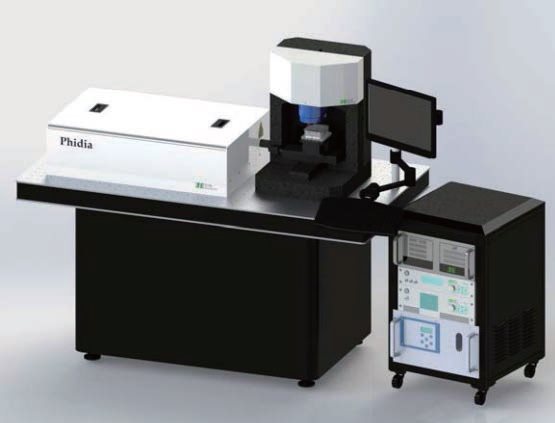
 400-860-5168转1980
400-860-5168转1980
 留言咨询
留言咨询
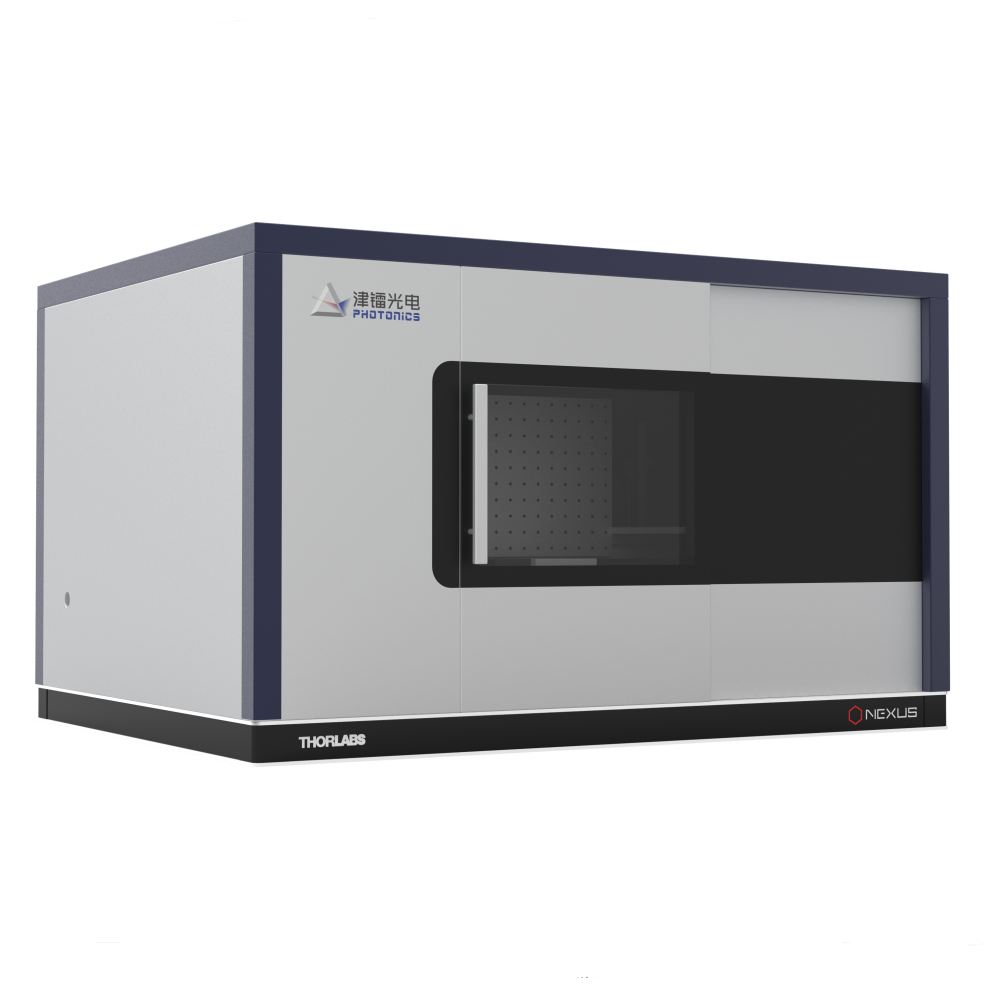
 留言咨询
留言咨询
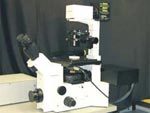
 400-860-5168转1446
400-860-5168转1446
 留言咨询
留言咨询
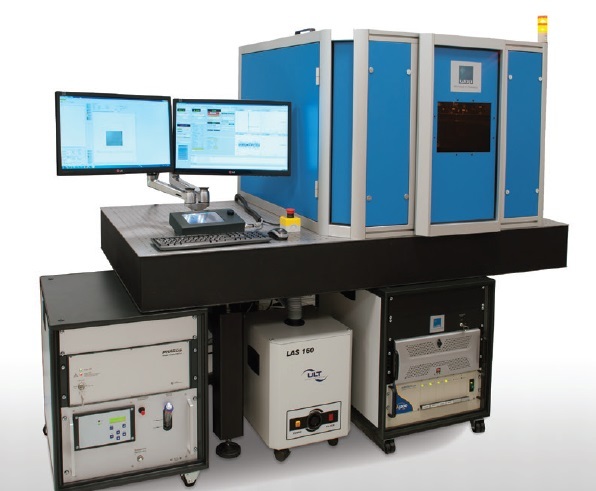
 400-860-5168转2856
400-860-5168转2856
 留言咨询
留言咨询
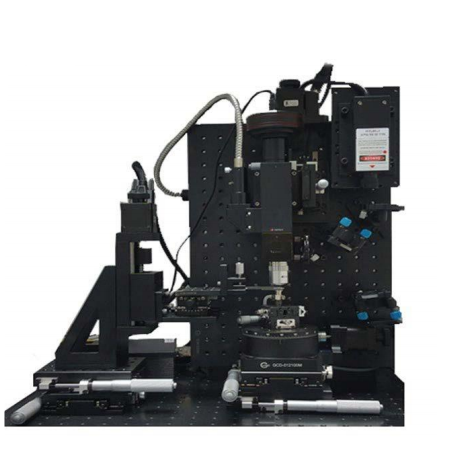
 留言咨询
留言咨询
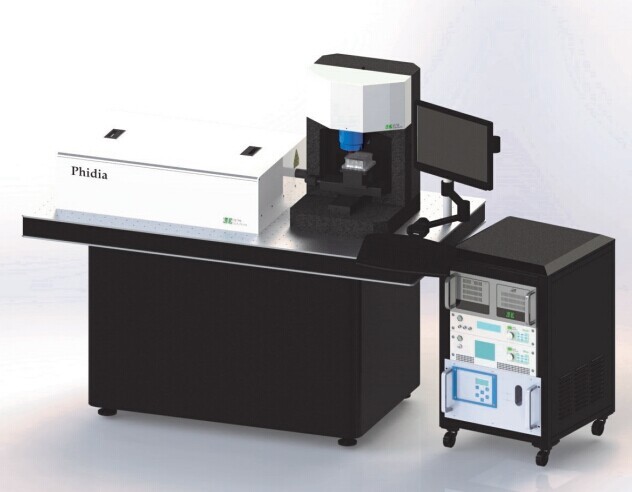
 400-860-5168转1980
400-860-5168转1980
 留言咨询
留言咨询
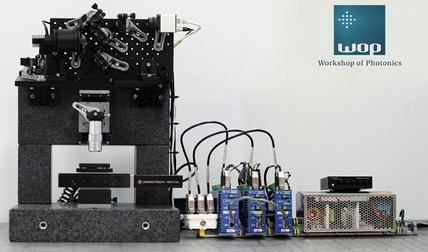
 400-860-5168转3896
400-860-5168转3896
 留言咨询
留言咨询
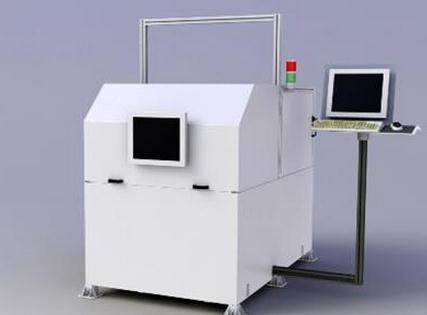
 400-860-5168转3896
400-860-5168转3896
 留言咨询
留言咨询

 留言咨询
留言咨询

 400-860-5168转0980
400-860-5168转0980
 留言咨询
留言咨询
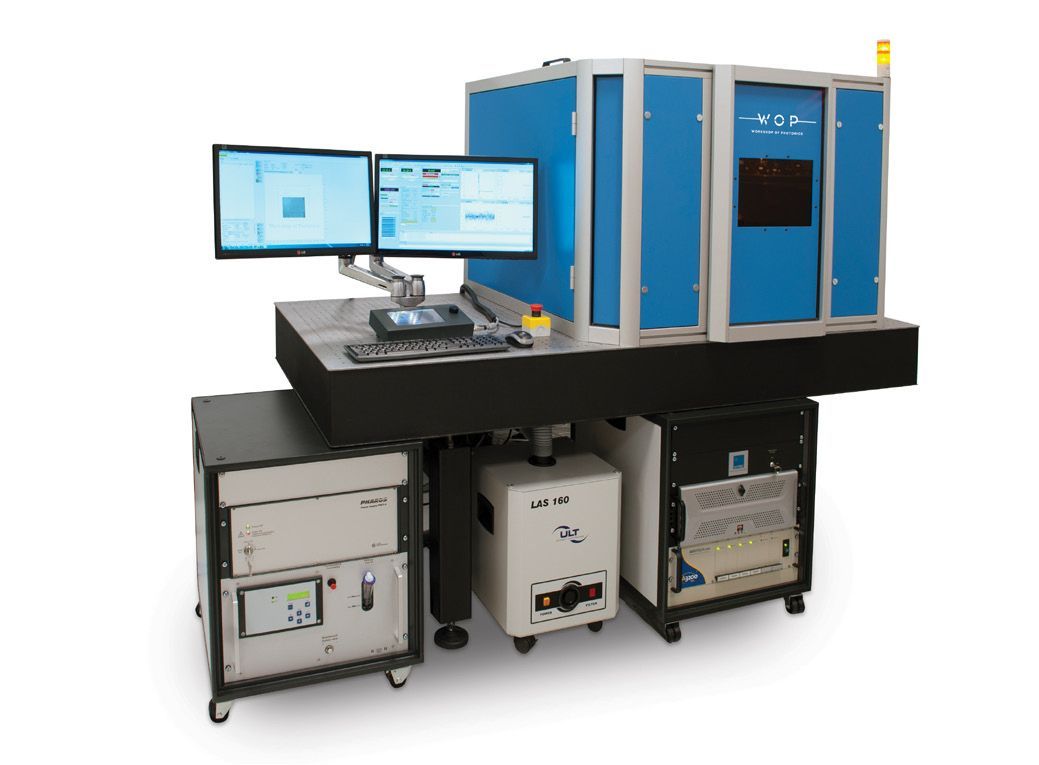
 400-860-5168转3086
400-860-5168转3086
 留言咨询
留言咨询
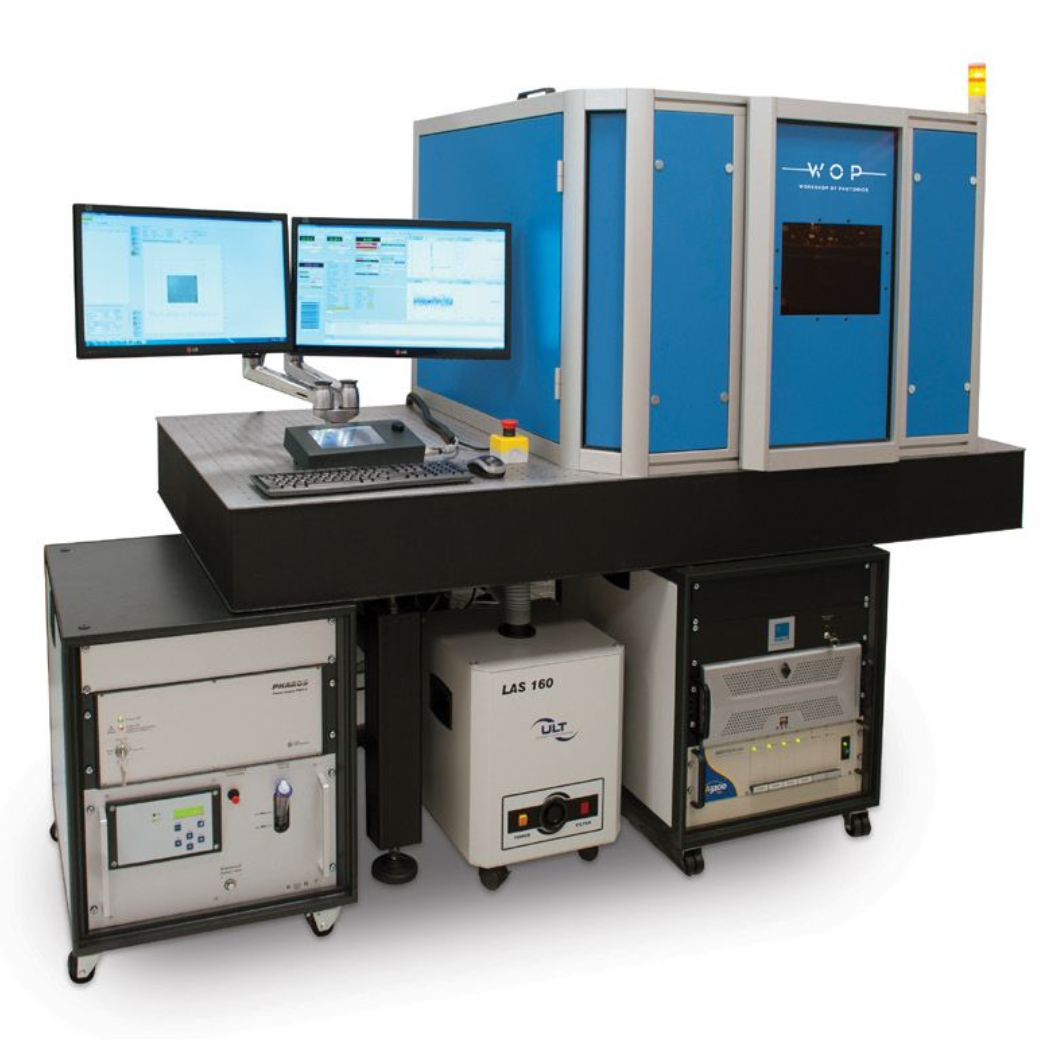
 400-860-5168转6147
400-860-5168转6147
 留言咨询
留言咨询
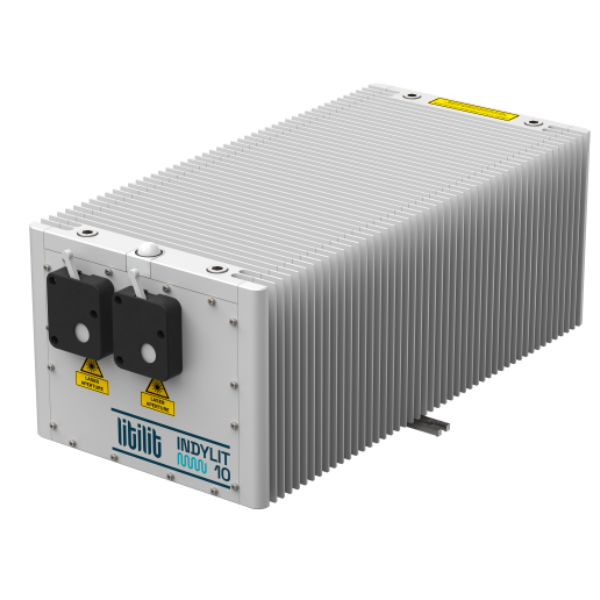
 400-860-5168转2255
400-860-5168转2255
 留言咨询
留言咨询
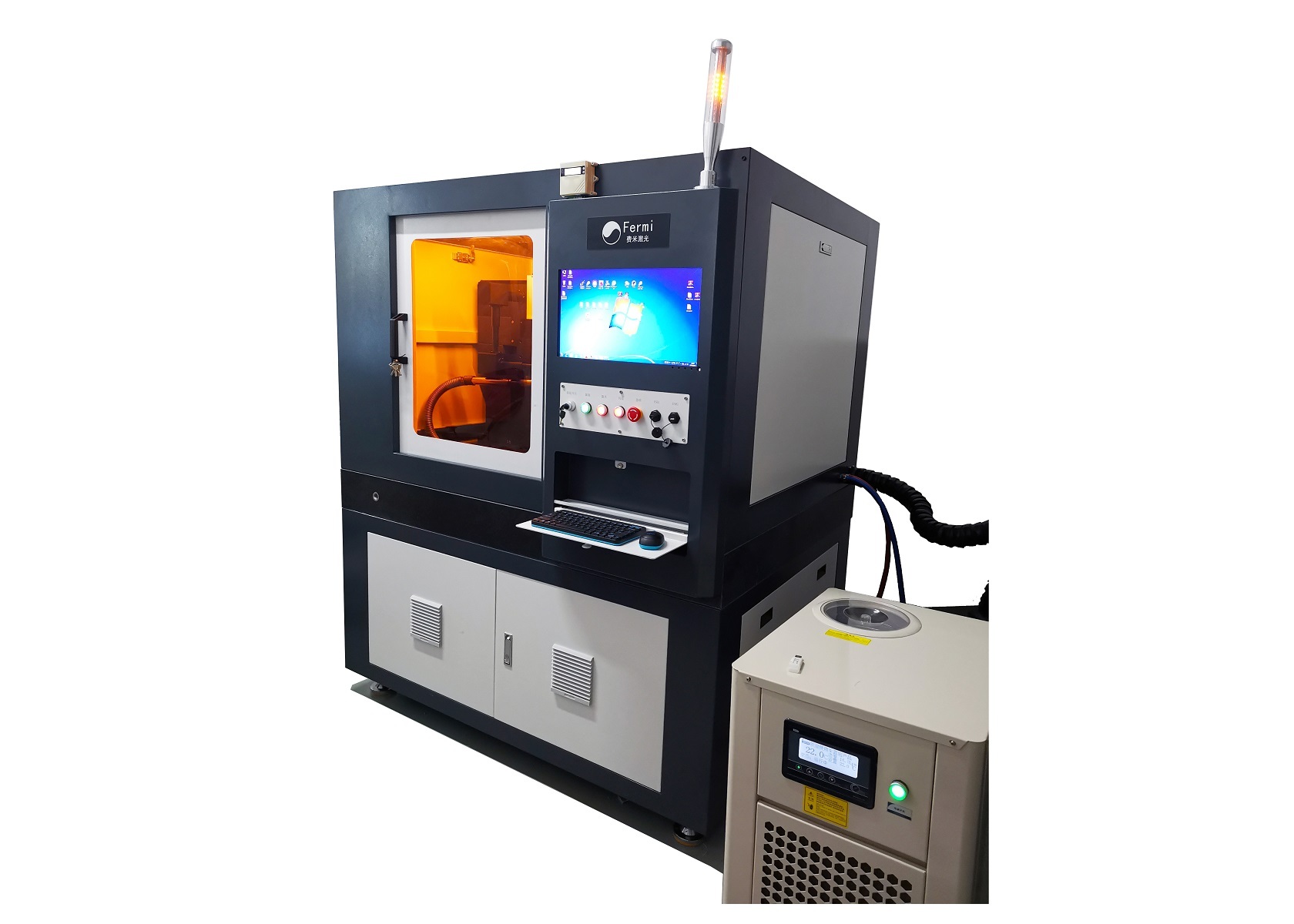
 留言咨询
留言咨询
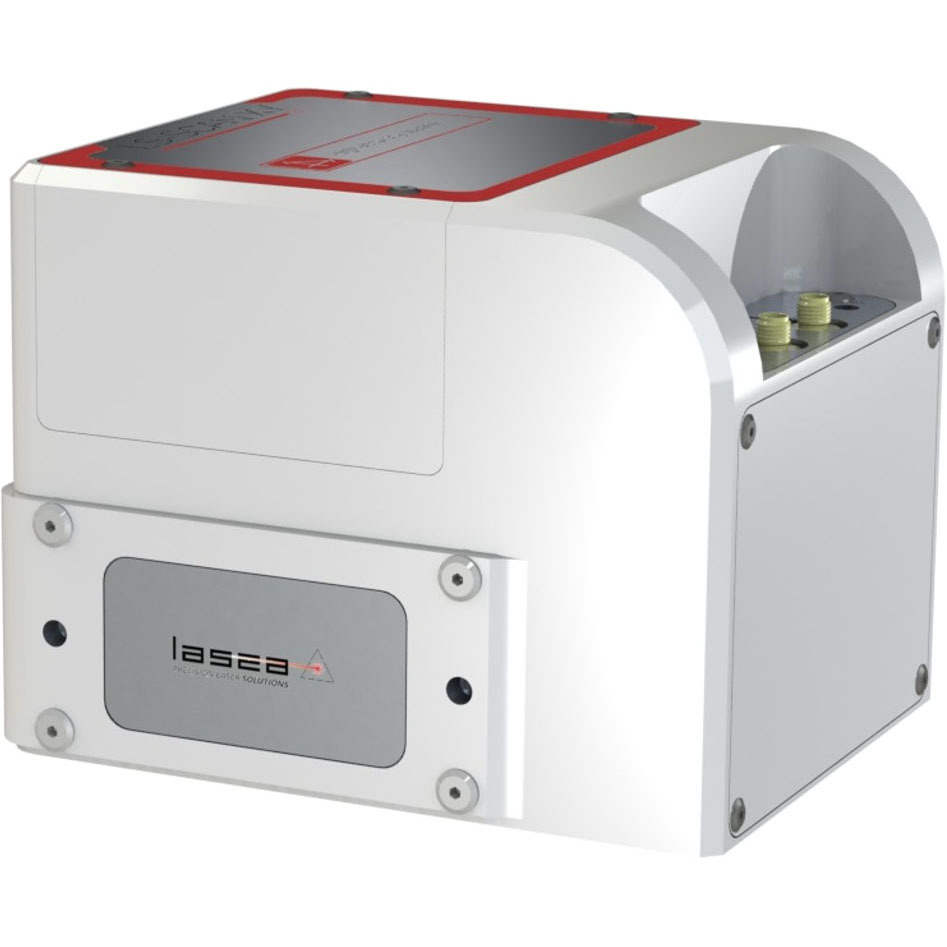
 400-860-5168转3510
400-860-5168转3510
 留言咨询
留言咨询
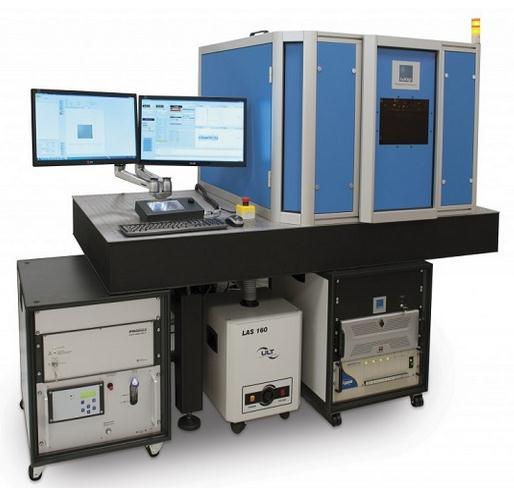
 400-860-5168转3896
400-860-5168转3896
 留言咨询
留言咨询
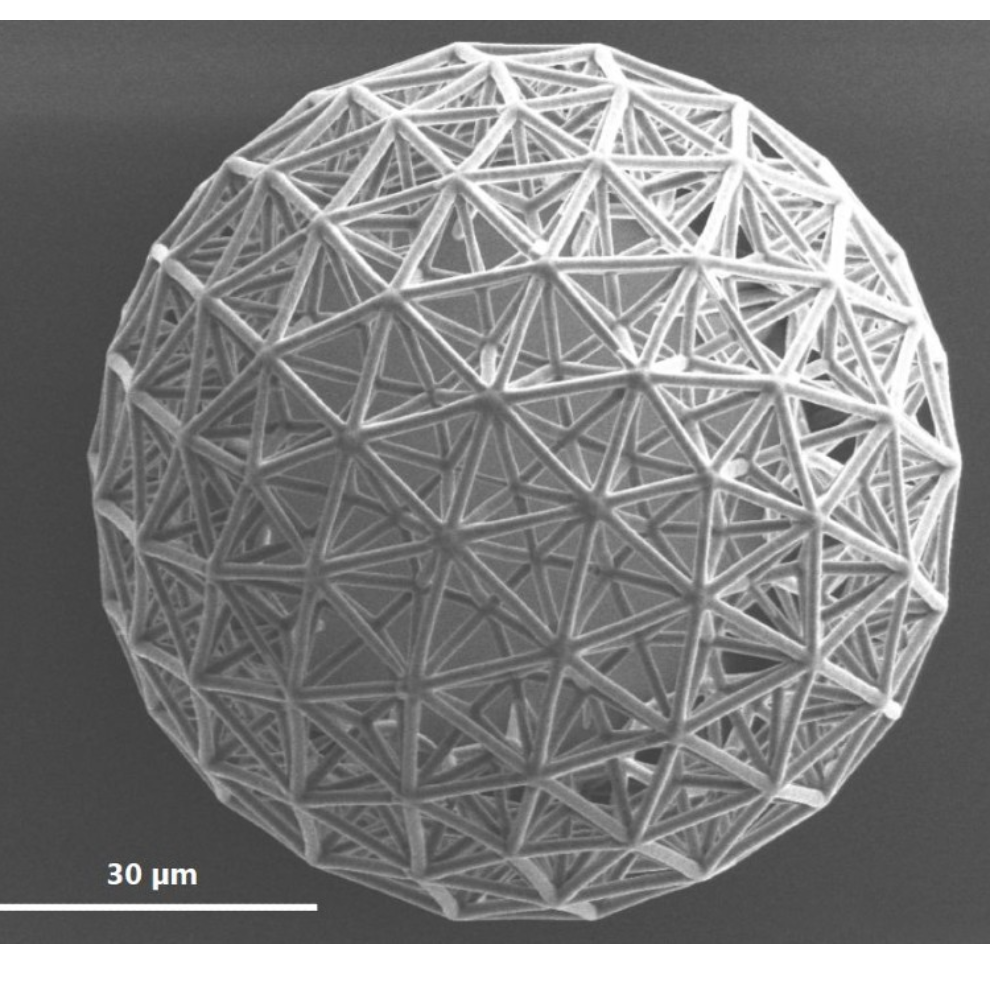
 400-860-5168转6147
400-860-5168转6147
 留言咨询
留言咨询
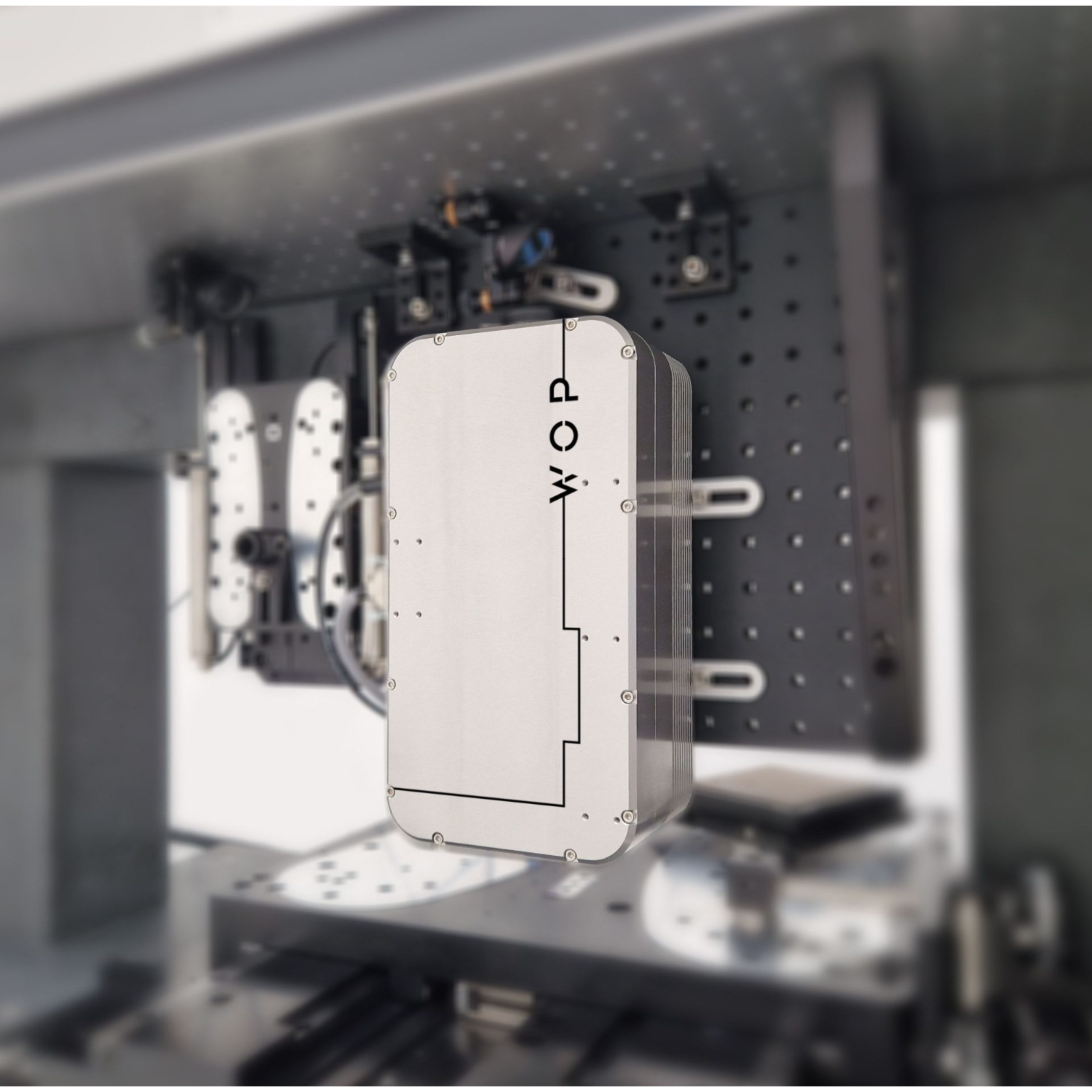
 400-860-5168转6147
400-860-5168转6147
 留言咨询
留言咨询
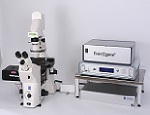
 400-860-5168转1446
400-860-5168转1446
 留言咨询
留言咨询
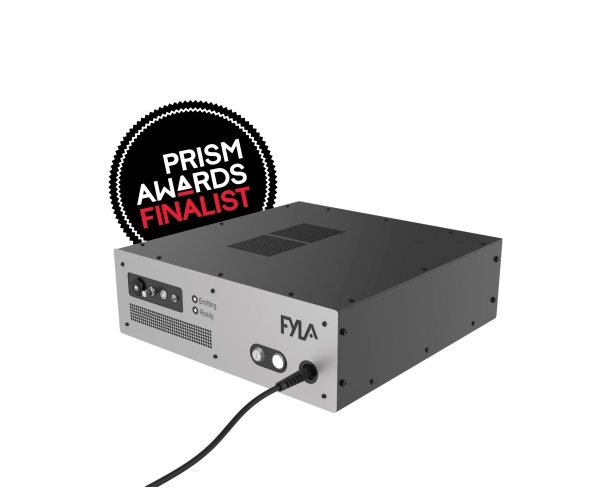
 400-860-5168转2831
400-860-5168转2831
 留言咨询
留言咨询
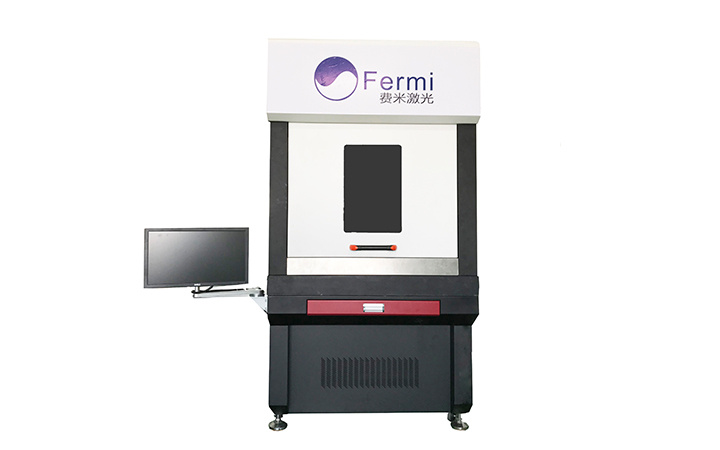
 留言咨询
留言咨询
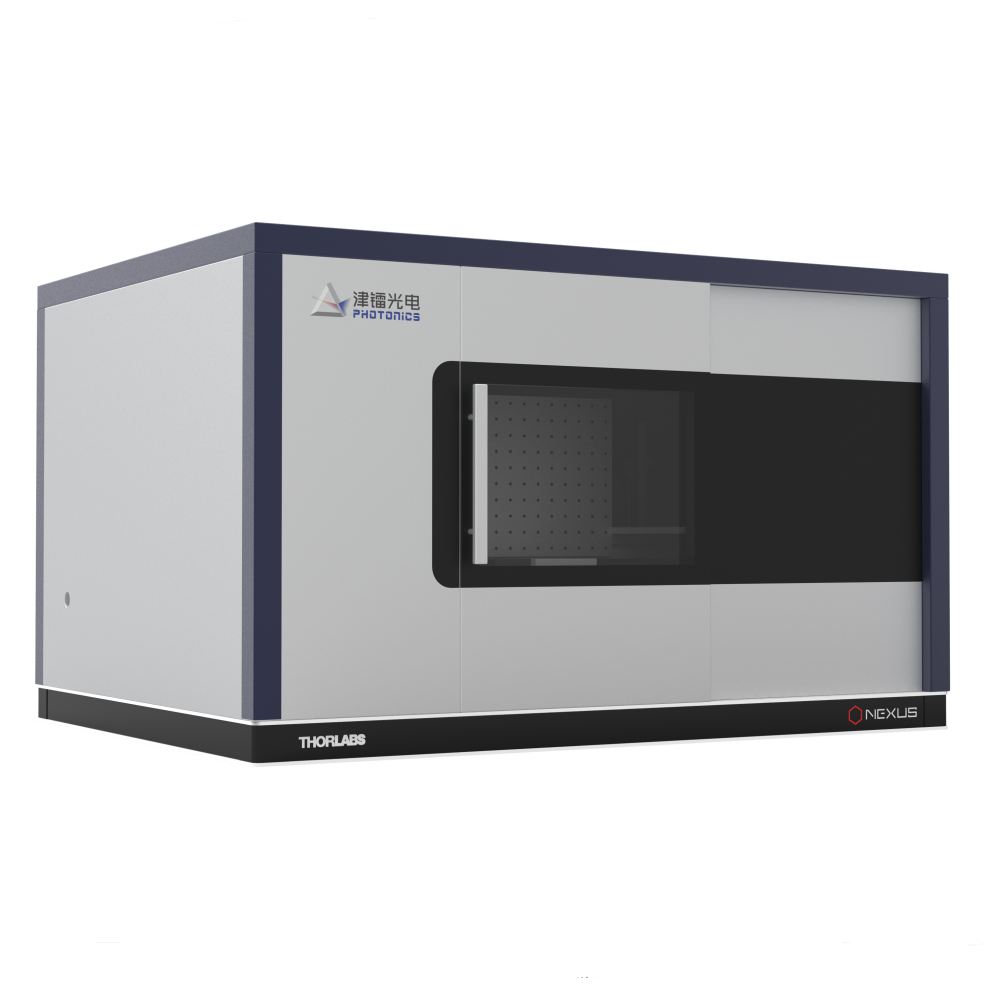
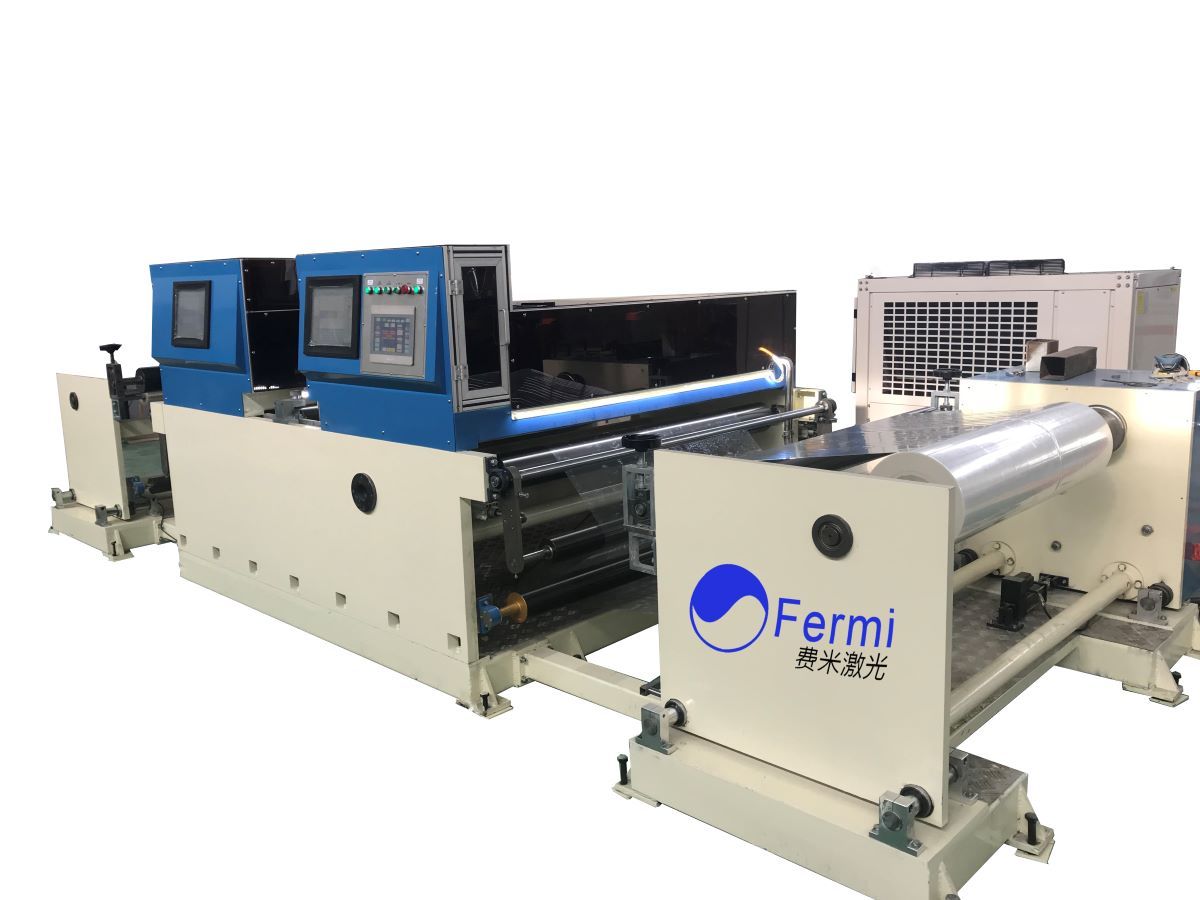
 留言咨询
留言咨询
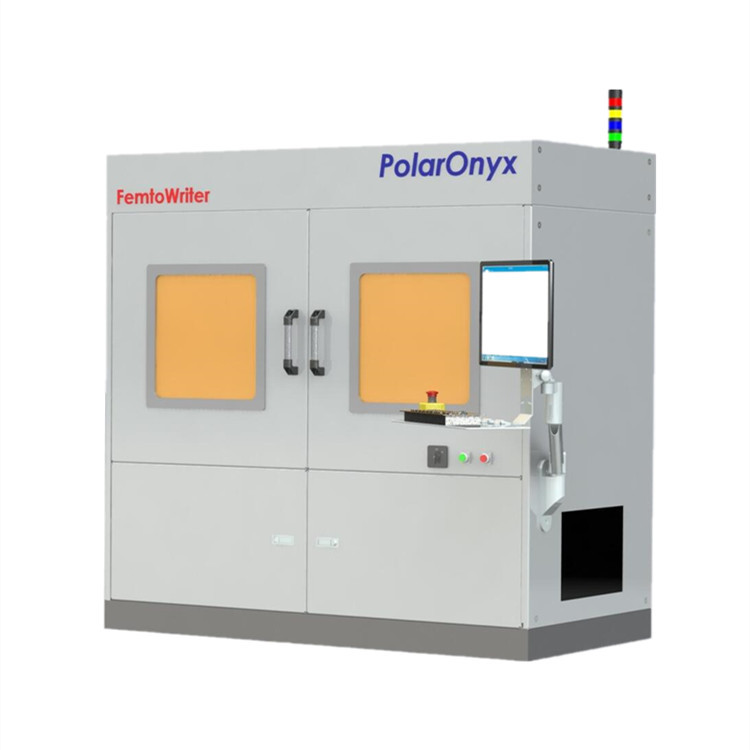
 400-860-5168转6160
400-860-5168转6160
 留言咨询
留言咨询
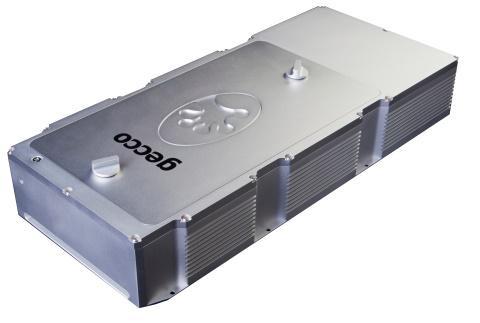
 400-860-5168转1980
400-860-5168转1980
 留言咨询
留言咨询
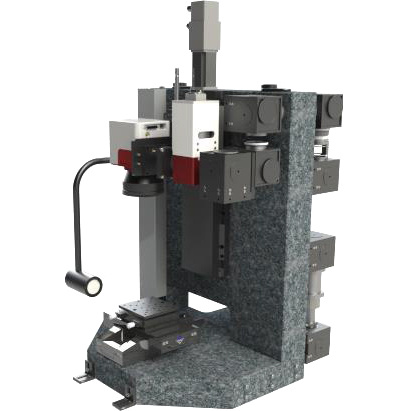
 400-860-5168转3510
400-860-5168转3510
 留言咨询
留言咨询

 400-860-5168转2831
400-860-5168转2831
 留言咨询
留言咨询
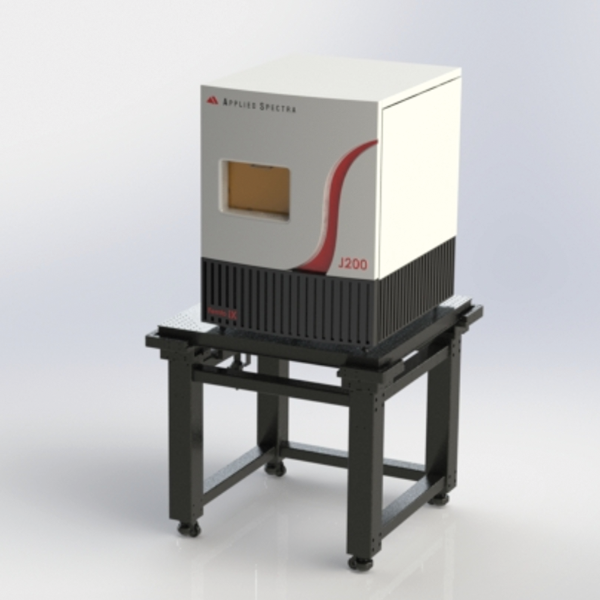
 400-860-5168转6218
400-860-5168转6218
 留言咨询
留言咨询